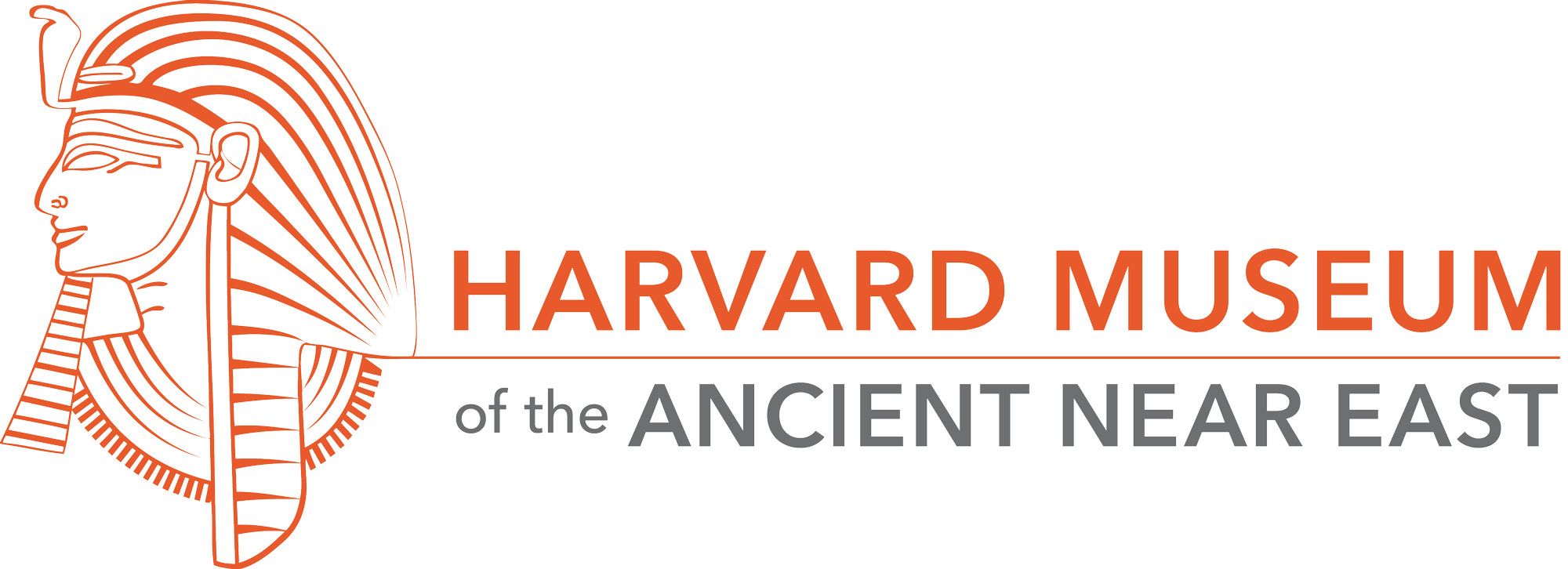Classification(s)
- Tools/Equipment
Mold for Metal Casting
ProvenanceNuzi
Date2200-1550 BCE
MediumStone
Dimensions13.8 × 7 × 15.5 cm
PeriodMiddle Bronze Age
Label TextThis is an important artifact of ancient metalsmithing. Archaeologists discovered this stone mold (1930.9D.1) and accompanying ceramic crucible (1930.28.4) during the excavation of Yorghan Tepe, near modern-day Kirkuk, Iraq. These tools were used together. The flecks of green visible on the crucible are bits of oxidized copper; but scientific examination has also revealed minute traces of tin and lead. These elements are mixed together to make bronze. A smith heated small bits of metal in this shallow bowl until they melted at about 950 degrees Celsius. The molten metal was then poured into a mold, like the one seen here. Once cool, the cast object could be removed from the mold and finished by the metalsmith into a functioning tool. This mold appears to have been used to make a chisel and a slender axe head.
DescriptionMold for casting weapons or tools; fragment with two depressions remaining.Object number1930.9D.1
Exhibitions
On View
On view




